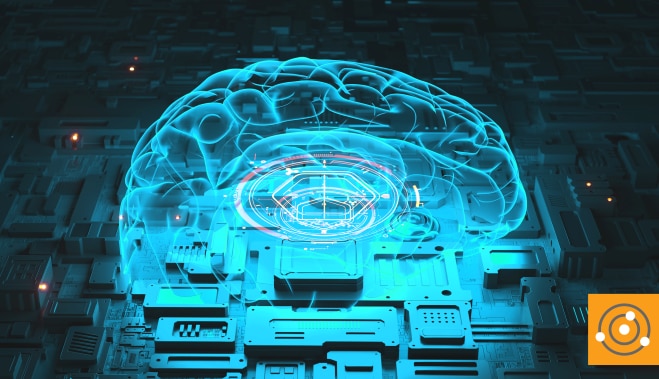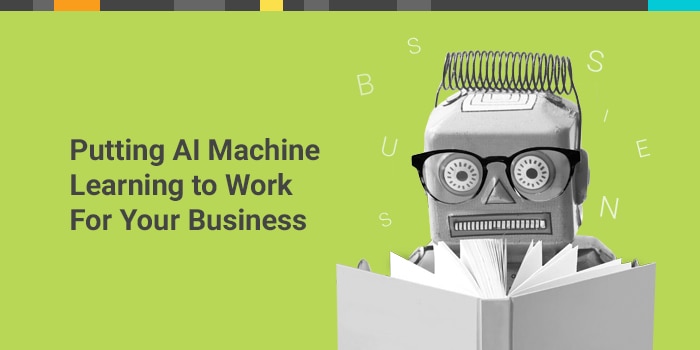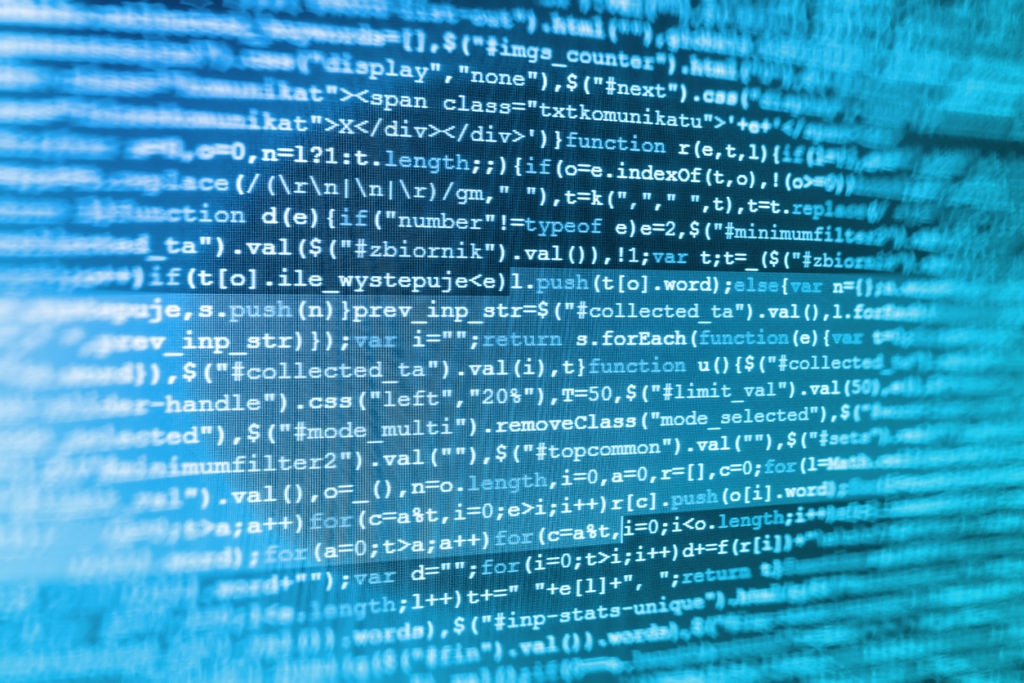While there are many silly depictions of machine learning and artificial intelligence throughout Hollywood, its reality delivers significant benefits. Administrators today oversee so many tasks, like system monitoring, performance optimizing, networking configuration, and more. Many of these tasks can be monotonous and tedious. Also, those tasks are generally required daily. In these cases, machine learning helps ease the burden on the administrator and helps make them more productive with their time. Lately, however, more people seem to think too much machine learning may replace the need for humans to get a job done. While there are instances of machine learning eliminating the need for some tasks to be manned by a human, I don’t believe we’ll see humans replaced by machines (sorry,
Terminator fans). Instead, I’ll highlight why I believe machine learning matters now and will continue to matter for generations to come.
Machine Learning Improves Administrator’s Lives
Some tasks administrators are responsible for can be very tedious and take a long time to complete. With machine learning, automation makes the daily tedious tasks run on a schedule and efficiently as system behavior is learned and optimized on the fly. A great example comes in the form of spam mail or calls. Big name telecom companies are now using machine learning to filter out the spam callers flooding cell phones everywhere. Call blocker apps can now screen calls for you based on spam call lists analyzed by machine learning and then block potential spam. In other examples, machine learning can analyze system behavior against a performance baseline and then alert the team of any anomalies and/or the need to make changes. Machine learning is here to help the administrator, not give them anxiety about being replaced.
Machine Learning Makes Technology Better
There are so many amazing software packages available today for backup and recovery, server virtualization, storage optimization, or security hardening. There’s something for every type of workload. When machine learning is applied to these software technologies, it enhances the application and increases the ease of use. Machine learning is doing just that: always learning. If an application workload suddenly increases, machine learning captures it and then will use an algorithm to determine how to react in those situations. When there’s a storage bottleneck, machine learning analyzes the traffic to determine what’s causing the backup and then works out a possible solution to the problem for administrators to implement.
Machine Learning Reduces Complexity
Nobody wants their data center to be more complex. In fact, technology trends in the past 10 to 15 years have leaned towards reducing complexity.
Virtualization technology has reduced the need for a large footprint in the data center and reduced the complexity of systems management.
Hyperconverged infrastructure (HCI) has gone a step further and consolidated an entire rack’s worth of technology into one box. Machine learning takes it a step further by enabling automation and fast analysis of large data sets to produce actionable tasks. Tasks requiring a ton of administrative overhead are now reduced to an automated and scheduled task monitored by the administrator. Help desk analysts benefit from machine learning’s ability to recognize trending data to better triage certain incident tickets and reduce complexity in troubleshooting those incidents.
Learn Machine Learning
If you don’t have experience with machine learning, dig in and start reading everything you can about it. In some cases, your organization may already be using machine learning. Figure out where it’s being used and start learning how it affects your job day to day. There are so many benefits to using machine learning—find out how it benefits you and start leveraging its power.





